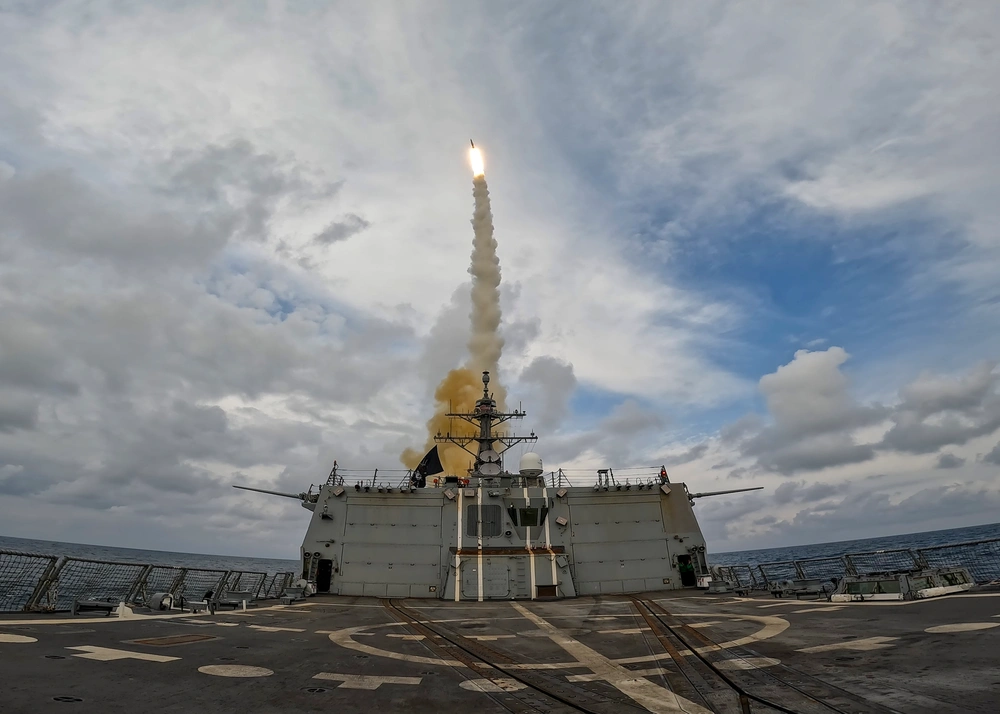A senior US military official told Congress on Tuesday that the US Navy used munitions at an “alarming rate” while defending Israel from Iranian missiles during the 12-day war that Israel started with massive strikes on Iran.
Adm. James Kilby, the acting chief of naval operations, was asked during a Senate Appropriations Committee hearing whether the US Navy had enough SM-3 interceptors, an advanced missile that can reach space and can cost between $10 million and $30 million for a single missile.
“We do, sir, but we are, to your point, using them at an alarming rate,” Kilby told Sen. Brian Schatz (D-HI), who said the US was using a large number of munitions to defend Israel.
Kilby continued, “As you know, those are missiles procured by the Missile Defense Agency and then delivered to the Navy for our use. And we are using them quite effectively in the defense of Israel.”

It’s unclear how many SM-3 missiles the US Navy fired to defend Israel during the 12 days of war. The munitions were also used last year when Iran fired missiles and drones at Israel in April 2024 in response to the Israeli bombing of its consulate in Damascus and in October when Iran launched another attack over Israel’s assassination of Hamas’s political chief, Ismail Haniyeh, when he was in Tehran.
The US also expended a lot of munitions during its bombing campaigns against the Houthis in Yemen. President Trump’s airstrikes in Yemen, which lasted from March 15 to May 6, were particularly violent and killed more than 200 civilians. Despite the heavy attacks, the Houthis, officially known as Ansar Allah, were able to keep up attacks on US warships, and Trump eventually gave up trying to stop them from firing at Israel.
While the war against the Houthis was largely a failure, US officials see it as a practice for a future war with China in the Taiwan Strait, a conflict that could quickly turn nuclear. The Wall Street Journal reported earlier this month: “Despite the wear and tear, Navy officials said the fight with the Houthis offered invaluable combat experience, and the Red Sea conflict is viewed inside the Pentagon as a warm-up for a potential ‘high-end’ conflict with China.”


